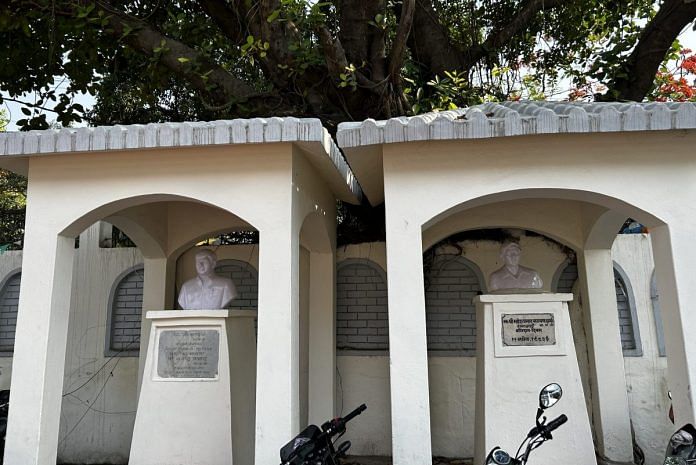Gopalganj: “Saheb, don’t go out. Don’t go out,” driver Deepak Kumar shouted to Gopalganj district magistrate G Krishnaiah and accelerated the ambassador car number BHQ777 backwards. They were on NH-28 in Bihar’s Muzaffarpur district and a mob of 5,000 angry people was charging toward their vehicle.
“I said stop the car, wait for the bodyguard,” the 36-year-old IAS officer instructed Kumar.
The bodyguard, TM Hembram, had been dragged outside and the mob was now coming for the DM.
“He was thinking of having a dialogue with them and rescue the bodyguard,” Kumar, now 50, said, recalling the horrific details of that fateful 5th December 1994 evening when the brutal mob pulled the IAS officer out of the vehicle grabbing his collar.
“They kept hitting my ears, nose and head. After a while, I stopped hearing anything. When I got my senses back, I ran toward the car, found it overturned with Saheb lying at a distance. There was blood all around. His face had been hit with stones multiple times, and bullets had been fired in his head,” Kumar told ThePrint.
The DM’s murder shook Bihar and India’s steel frame. The powerful IAS officers’ community had never felt more vulnerable. Krishnaiah, who belonged to the Dalit community, had made a name for himself in Bihar by that time.
His murder is case number 216/1994 at Sadar police station in Muzaffarpur. The four-page FIR led to the joint trial of 36 people.
Twenty-nine years later, the only convicted gangster and former MP, Anand Mohan Singh, is walking free after the Nitish Kumar government changed jail rules. Through an order on 10 April, the government tweaked Prison Manual 2012, dropping the provision where anyone accused of “murder of a public servant on duty” wasn’t eligible for premature release.
In the three decades, the crime scene, the nondescript Khabra village on the outskirts of Muzaffarpur city, is now a small town buzzing with economic activity. In the spot where Krishaniah’s body lay in a puddle of blood, there is now a three-storey nursing home. On the other side is a large marriage hall with a lawn, a crowded restaurant, and a new residential colony. The town appears to have moved on.
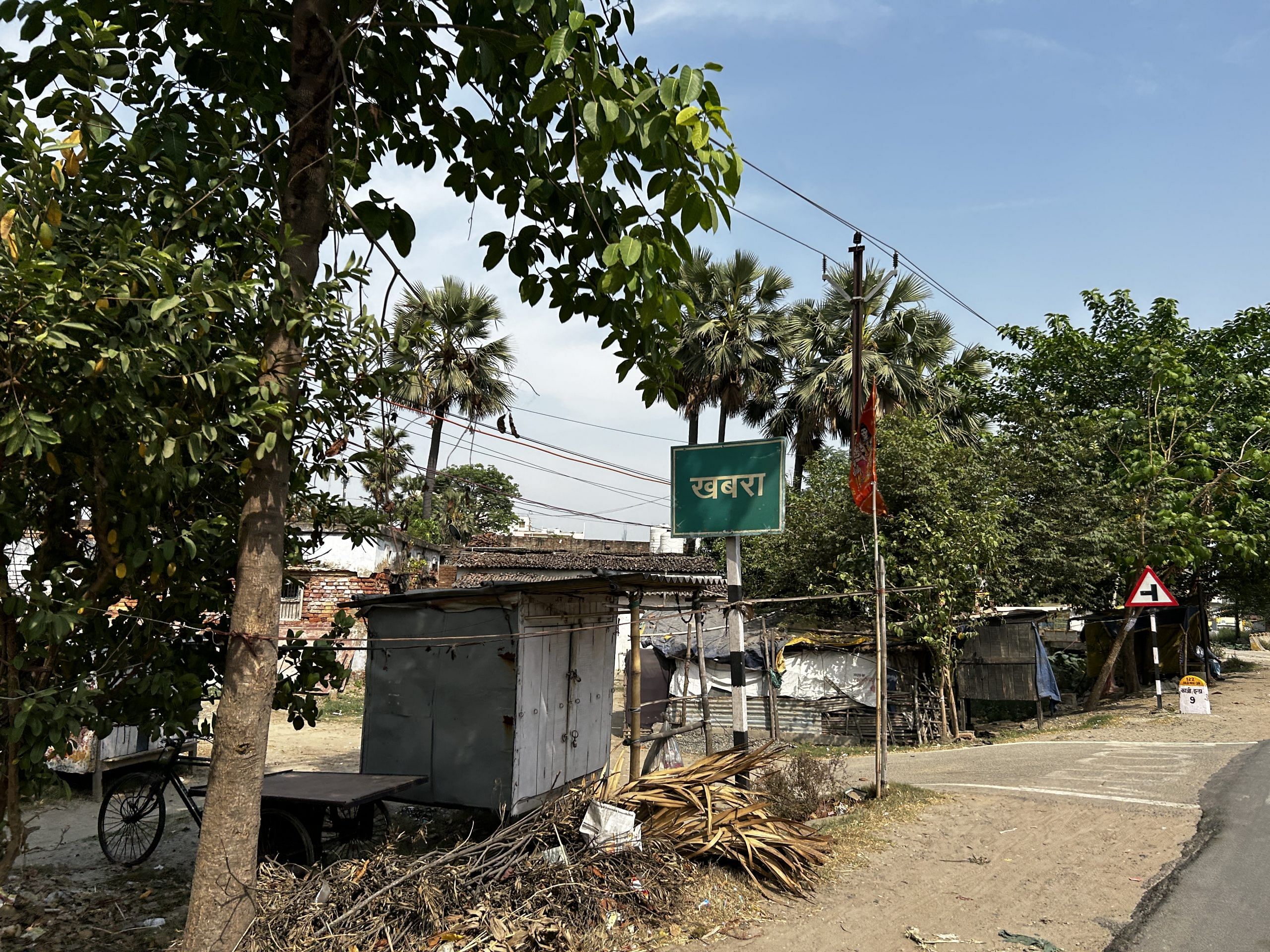
But some memories are still etched in stone. A bust of G Krishnaiah on a white pedestal stands at the Gopalganj Collectorate. And now, the old wounds have been scratched anew with Nitish Kumar’s government tweaking a remission rule to free Anand Mohan, and attending even his son’s engagement ceremony. The photographs of the CM giggling with the family members of Anand Mohan have stormed the internet. It has angered not just the eyewitnesses, but those who worked with Krishnaiah as well as the members of IAS association. The dormant anger in the region has resurfaced and some even pointed out on social media that Nitish Kumar facilitated Mohan’s release on the same weekend that Atiq Ahmed was killed in Uttar Pradesh in police custody.
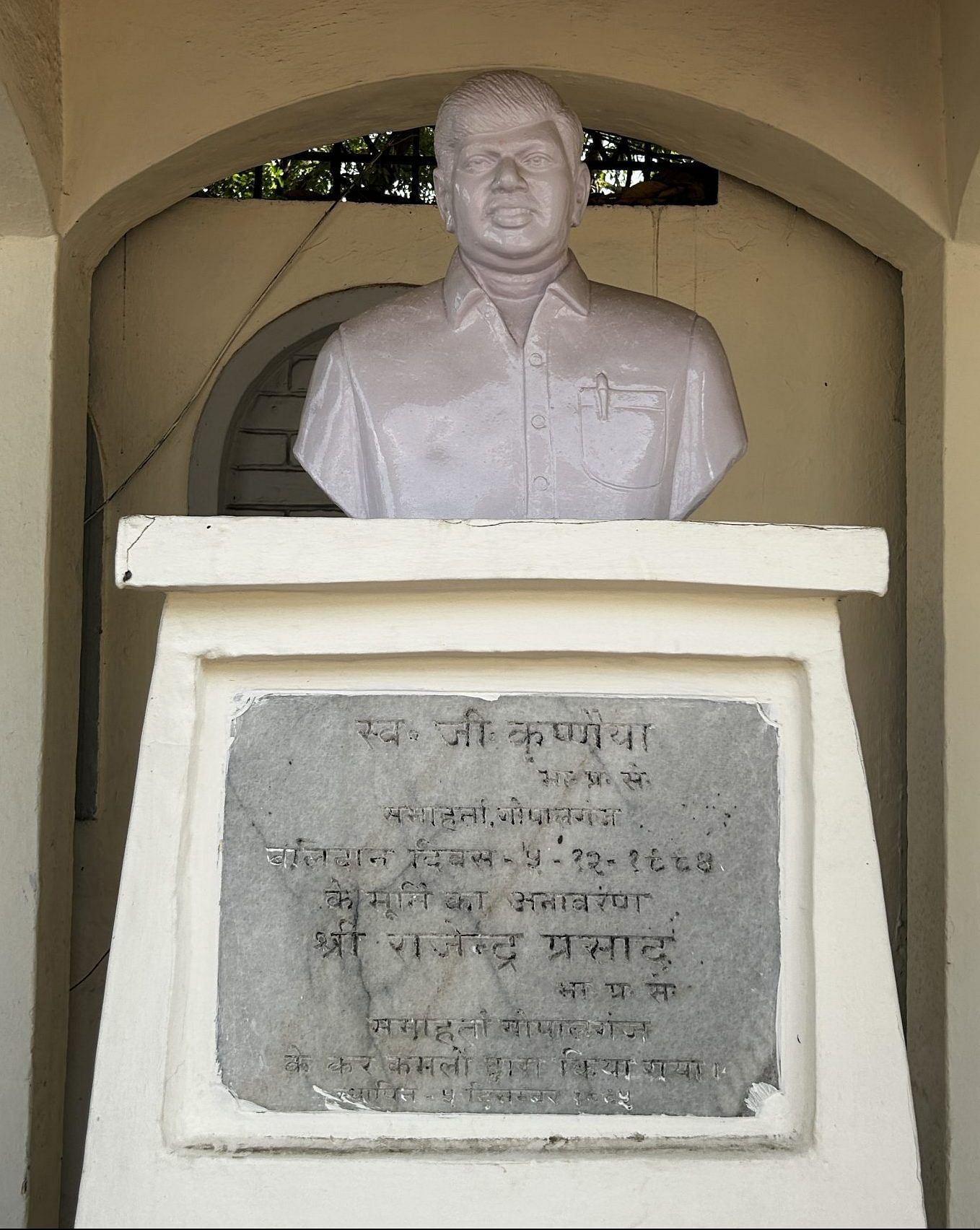
| Photo: Jyoti Yadav/ThePrint
The case so far
In 1994, Bihar People’s Party (BPP) member Kaushlendra alias Chhotan Shukla was gunned down. His killing triggered the attack on the IAS officer which was led by Anand Mohan Singh, who had founded BPP.
23 January 2023: At a public rally in Patna, Mohan’s supporters were calling for his release, shouting slogans such as “Anand Mohan ko riha karo.” Mohan has been serving a sentence of life imprisonment in Saharsa jail since 2007, but several Rajput leaders in JD(U) have been pressuring the Bihar government for his early release.
As demands grew louder, CM Kumar assured people he was working for his release.
Three months later, on 24 April, the Bihar government notified the release of 27 prisoners. The 11th name on the list was Anand Mohan. Shockwaves of outrage, anger and betrayal rippled through the rank and file of the bureaucracy. The Bahujan Samaj Party (BSP) denounced the change in jail rules as “anti-Dalit”. Mayawati appealed to Nitish Kumar on Sunday to reconsider the decision, and warned that it would anger Dalits across India. The BJP, too, was quick to criticise its former ally.
“Shame on Nitish Kumar for capitulating to RJD’s sinister machinations,” BJP IT Cell head Amit Malviya tweeted.
Among a section of IAS officers, there’s anger over how easily all the investigations and court proceedings have been undone and overturned for political convenience. On WhatsApp groups, retired IAS officers and Krishnaiah’s friends are calling it “shameful, outrageous and totally unacceptable”. Others have called for joint petitions to be filed in different courts.
“I remember the incident vividly. It was a shame on Bihar then, as it is a shame on Bihar now,” a retired IAS officer furiously wrote in one of the WhatsApp groups.
Many retired bureaucrats followed the trial closely. A total 25 witnesses deposed in the court, 11 of whom were police officials. Driver Deepak Kumar, bodyguard Hembram (who survived the mob attack), and photographer PL Tangri (who was also in the car with Krishnaiah) were the eye-witnesses.
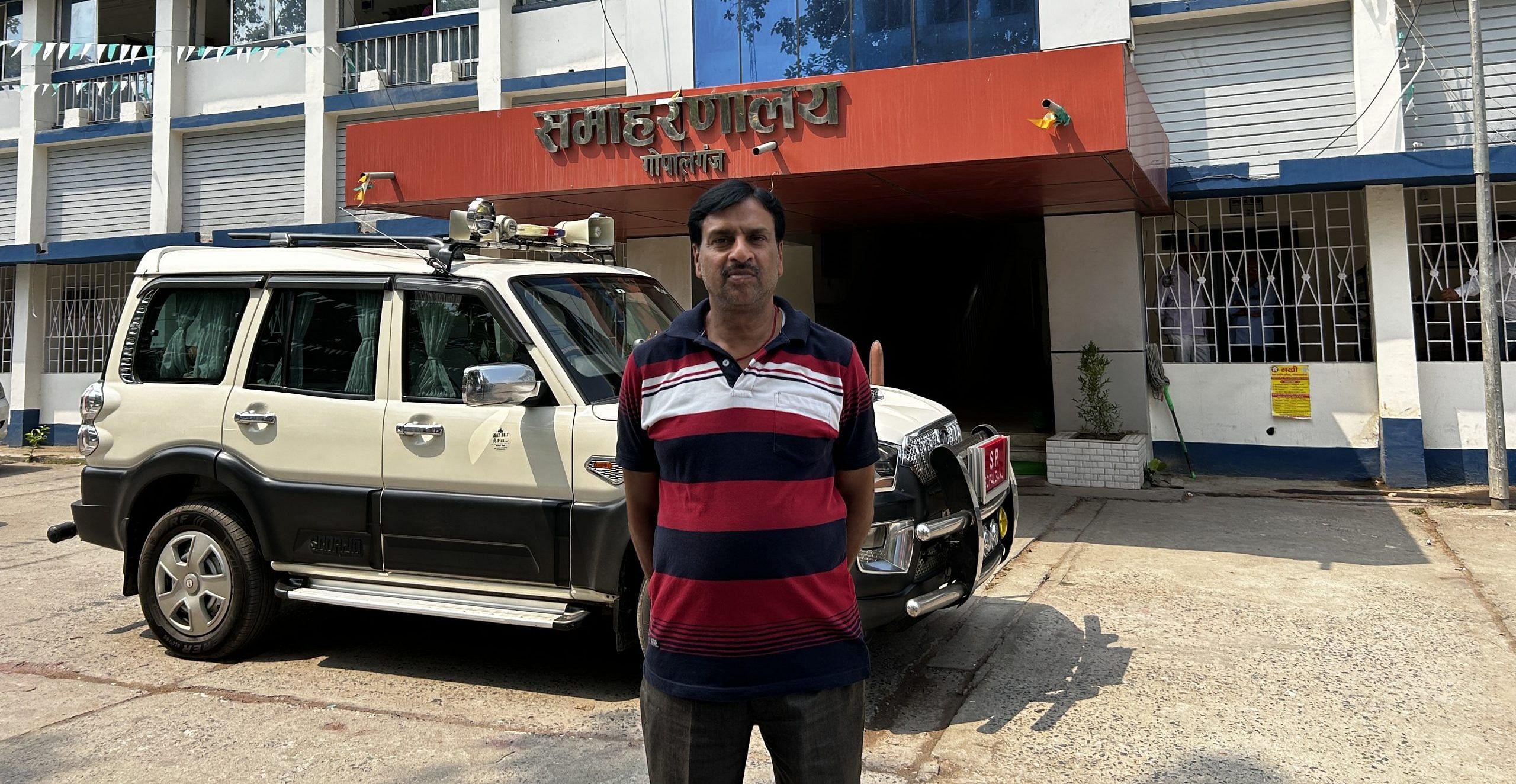
As the second driver, it was Deepak’s job to drive the collector to outstation meetings. Since Krishnaiah’s death, Deepak has driven 35 DMs on out-of-town visits. He always makes sure they reach home safely. And every time he makes a trip, he remembers what happened that evening in 1994.
“Maybe I should not have listened to Saheb that day,” he told ThePrint.
In 2007, after a trial that lasted 13 years, seven people were convicted and the remaining 29 were acquitted. Among the convicts, Anand Mohan, Professor Arun Kumar, and Akhlaque Ahmad were given the death penalty. Mohan’s wife Lovely Anand and others were given life imprisonment and a fine of Rs 25,000.
A year later, the Patna High Court commuted Mohan’s death sentence to life imprisonment, saying it wasn’t a “rarest of the rare” cases to merit a death sentence. “Although the deceased was a district magistrate, he was killed in another district as an occupant of a car which by chance earned the wrath of a mob,” the court said in its judgment.
It also overturned the lower court’s judgment and acquitted the remaining six who had been found guilty.
Anand Mohan challenged the Patna High Court judgment in the Supreme Court, which upheld the life imprisonment in 2012. He has been in Saharsa jail since 2007—until 25 April 2023.
“Krishnaiah was no Prince William. He was born into a Dalit family, and his father was a lineman. We remember him as a self-made man and someone who commanded respect among his peers,” JRK Rao, his 1985 batchmate, told ThePrint.
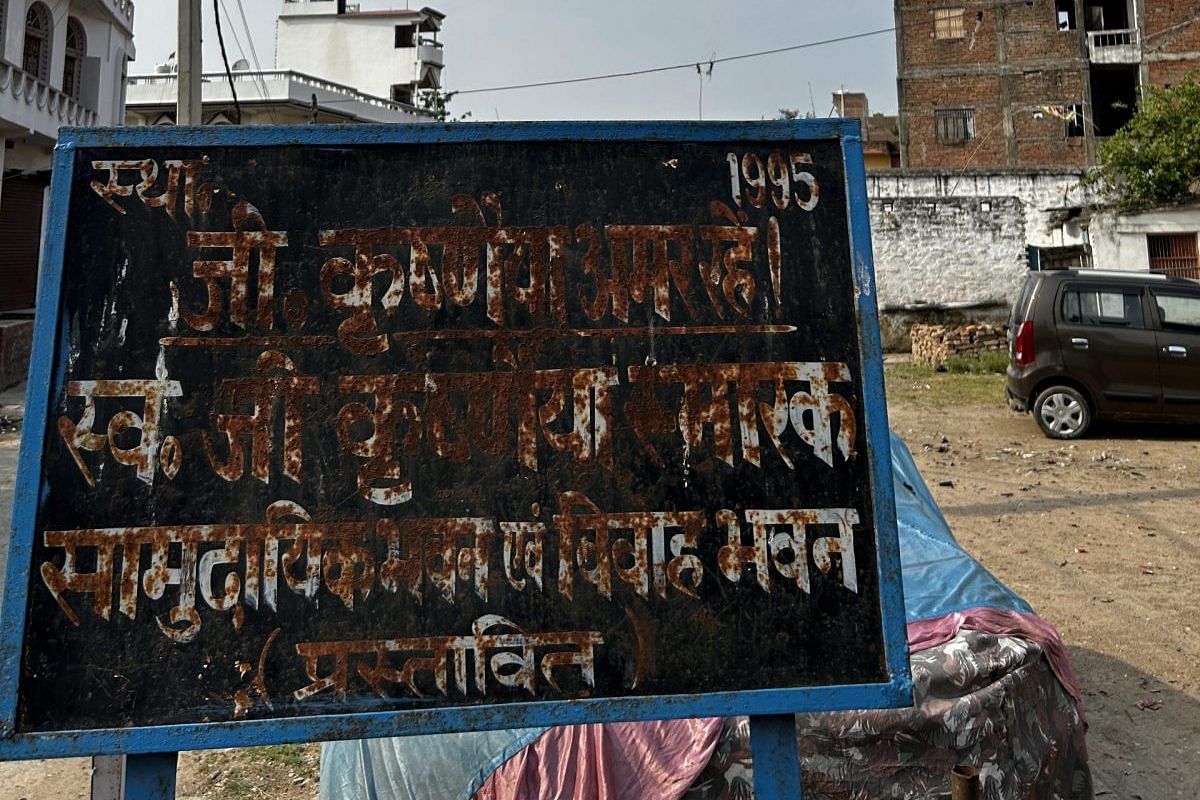
Journey from a humble Andhra village
A bunch of keys, a wrist watch soaked in blood, a broken pair of gold spectacles and a tiffin box — these were the items found near the car where Krishnaiah was murdered.
It’s the tiffin box that brings back poignant memories. Retired IPS officer Abhayanand, who served as a Superintendent of Police with Krishnaiah when the latter was a collector in Bettiah, remembers how they once avoided eating in the homes of influential families to avoid conflict of interest.
Krishnaiah’s lunch box was a simple solution. He carried it with him wherever he went, recalls Shri Ram who is among the drivers at the collectorate. He never drove Krishnaiah, but he knows all stories.
“DM Saheb would say that once you eat at somebody’s house, you will be under their social influence. But as a collector, he belonged to all,” said Ram, who now drives the current DM of Gopalganj.
Abhayanand said Krishnaiah would recall his days of living in Andhra where he was kept at a community hostel because the family didn’t have money to feed him. “Whenever he would cross a canal in Bihar, he would remember swimming across canals back home in Andhra to travel from his home to the hostel,” Abhayanand added.
Born in Byrapuram, a small village in Kurnool district in Andhra Pradesh, Krishnaiah grew up in extreme poverty. But he understood the value of education, and took up odd jobs to pay for his expenses.
He did his post graduation in English Literature from Osmania University in Hyderabad, and in 1985, he cleared the UPSC exam.
“During the training days in LBSNAA, we all had our different groups. So in the beginning we were just ‘hi hello friends’. But when three of us (Krishnaiah, J Rama Krishna, A Vidyasagar) were allotted the Bihar cadre, we became sort of friends,” said A Vidyasagar, who retired in 2016.
Quiet and unassuming are how Krishnaiah’s friends remember him. According to Vidyasagar, Krishnaiah was initially apprehensive about his Bihar posting. “But when we finally joined the cadre, we realised that it was a misplaced apprehension.”
After the training, Krishnaiah was posted in Nalanda district as assistant collector. From there, he was sent to Hazaribagh as SDM, then to Bettiah as DM and then to Gopalganj.
At the time of his death, his two daughters were seven and five years old. “It was traumatic raising my two daughters alone,” Krishnaiah’s wife T Uma Devi told ThePrint.
Another batchmate, retired IAS officer Sanjeev Chopra, recalls that it took a while for the news of his death to reach his friends.
“There were no mobile phones. The news took time to reach all the corners of the country. I was in the [West] Bengal cadre, so we got to know about the incident much before others,” he said.
When Chopra became a deputy director at LBSNAA (Lal Bahadur Shastri National Academy of Administration) in 1996-97, he started a crowdfunding initiative and launched two awards for trainee IAS officers in the name of G Krishnaiah and Dr LV Reddy (the 24th Deputy Commissioner of Kohima in Nagaland who was also shot dead). The Krishnaiah Memorial Award recognises the best essay on law and order.
Seventy of his batchmates have agreed to sign a petition on behalf of Uma Devi seeking justice for her husband.
The memories
There are two busts installed in the Gopalganj Collectorate. One is of Mahesh PD Narayana Sharma, who served as DM from February 1982 to April 1983. He died in a bomb blast on the stairs of the Collectorate. It was allegedly set off by a 31-year-old self-styled godman called Sant Gyaneshwar and six others.
The other statue is of G Krishnaiah with a pen in the pocket of his shirt. Every year, on Independence and Republic Days, the serving DM pays respect to the two collectors who lost their lives while on duty. The Collectorate also remembers the former DMs on their birthdays and death anniversaries.
“The third statue will be yours.” It’s the most common threat that serving Gopalganj DMs often receive.
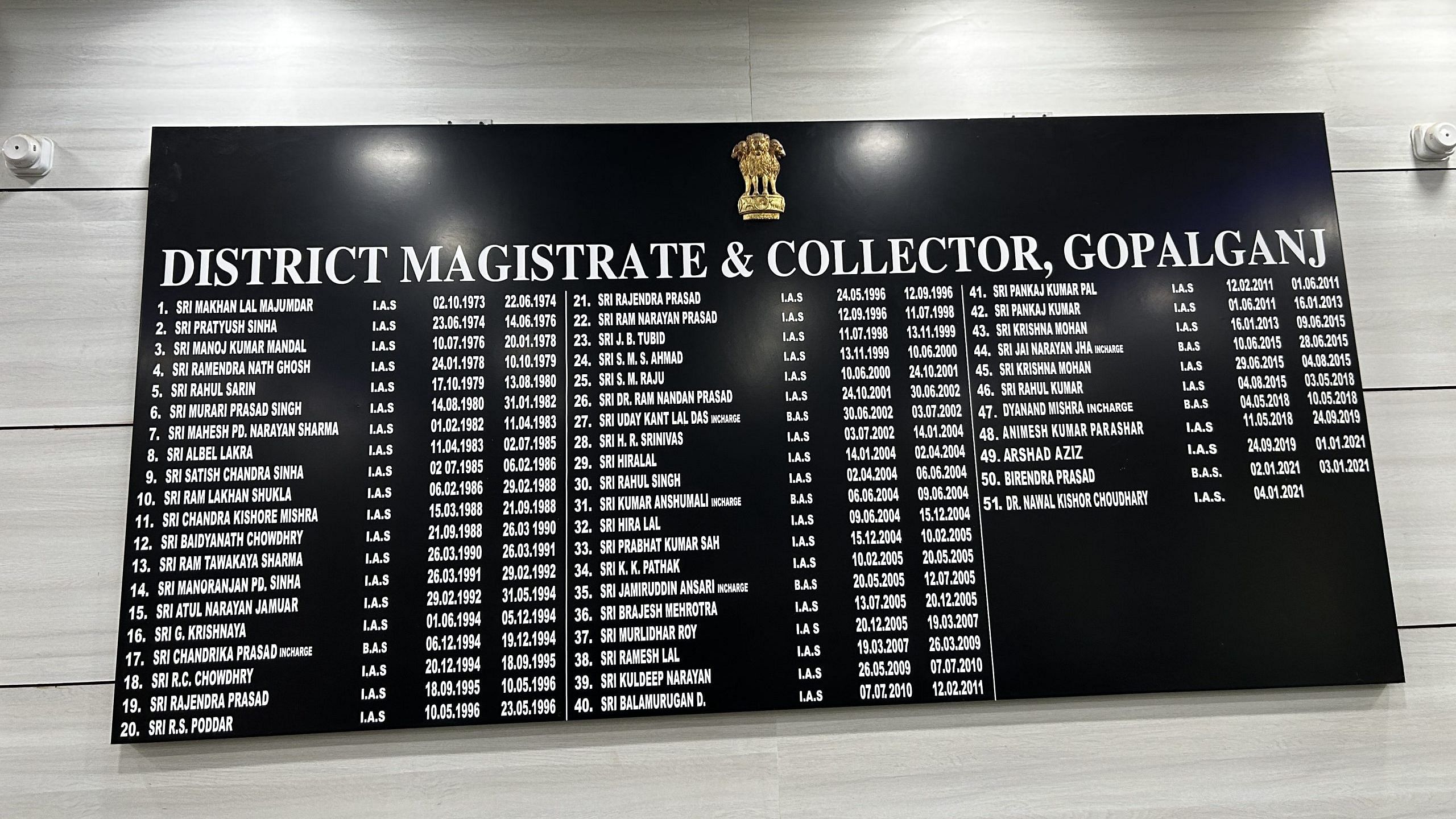
G Krishnaiah was the 16th DM of Gopalganj to serve in the early 1990s. His staffers, peshkar, bada bau and the drivers vouch for his humility.
“Once a poor woman came to him and broke down sharing her ordeal. I saw tears coming down from the collector’s eyes,” said Dinesh Singh, who retired from the Collectorate as bada babu or head clerk. Singh worked as a bench clerk under Krishnaiah.
“There was a particular thing about him.. he would ask about visitors more than often. ‘Bada babu, is there anybody waiting?’ he would ask,” Dinesh added.
Manoj Shah was 15 when he saw the dead body of the DM arrive at the Collectorate. He used to sell sattu in front of the building.
“He (Krishnaiah) was known to stop his Ambassador whenever he spotted a poor man approaching him,” said Manoj.
Another staffer, Deepak, recalled that Krishnaiah would often scold them for working overtime.
When his body was carried to his ancestral village, one of his clerks, Keshav Prasad, also went along. What he saw there helped him understand why Krishnaiah felt so deeply.
Prasad passed away, but his recollections of the DM’s village are still being told in the Collectorate.
He cared for the poor because he was one of them.
“Despite becoming an IAS officer, a head of a district, there was a simple hut in the name of the house,” said a clerk, Om Prakash Upadhyay, who heard the story from others. Word soon spread across many districts in Bihar, the respect multiplied after his death.
(Edited by Prashant)


